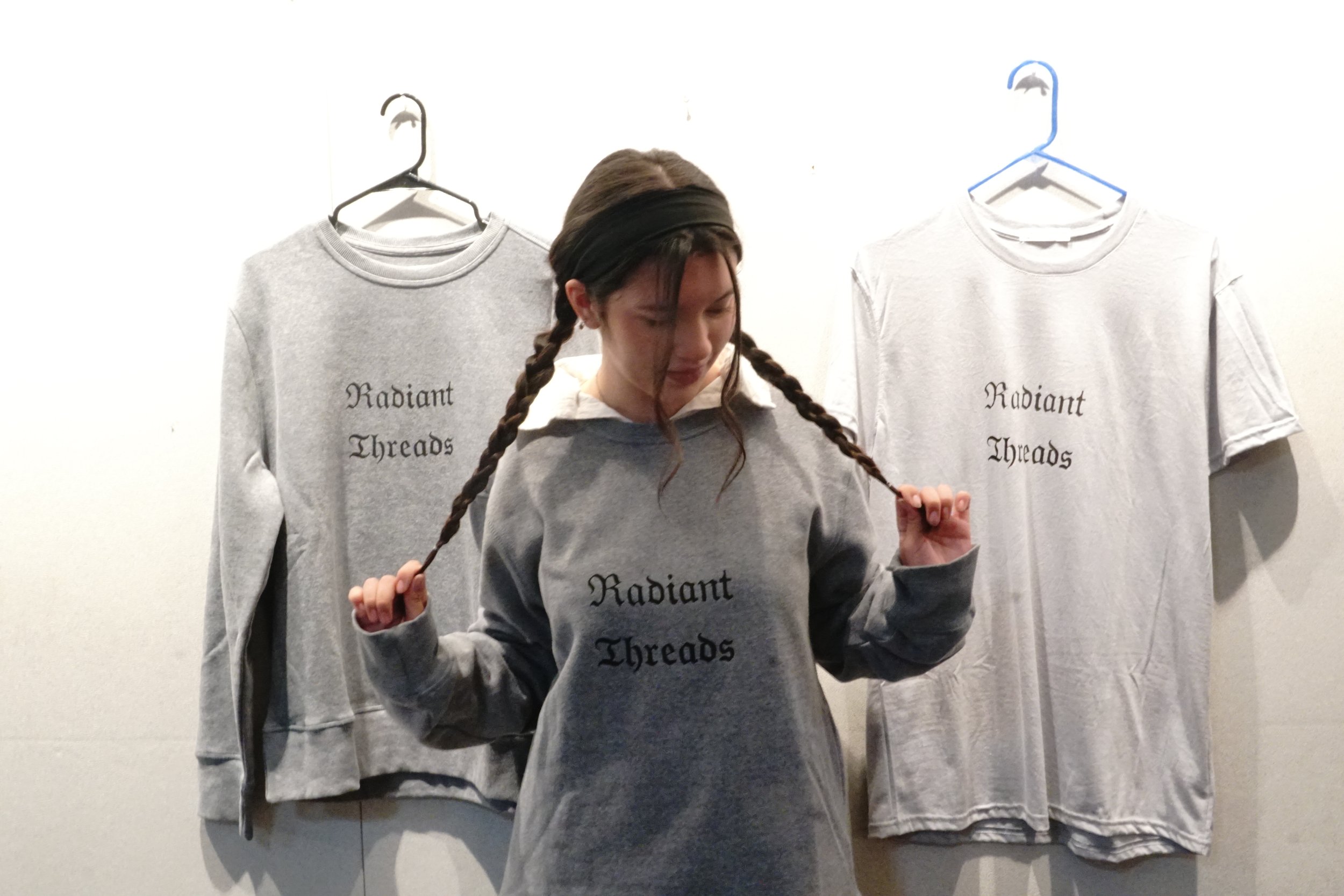Teaching Philosophy: An Environment for Combinatory Play
I believe that creativity and arts based learning, especially in an community based art educational setting comes out of a classroom/shop/lab that allows for the opportunity for curiosity, inquiry, and self-directed discovery. Albert Einstein said, “combinatory play seems to be the essential feature in productive thought.” This idea quantified by Einstein is one that I wholeheartedly believe in, and has everything to do with the right environment. Einstein famously had some of his greatest break-through in physics while playing the violin, and it is safe to say if he had been stuck in a rigid environment that did not allow for him to play the violin, that his breakthroughs could have never taken place. It is Einstein’s idea of combinatory play that drives both my personal and professional interest in interdisciplinary creativity and creative combination. I believe that this requires the right kind of environment to take place in. It is my responsibility as an educator to provide an environment that is inclusive, open, and allows for the opportunity for students to discover through play, experimentation and self directed leadership. This belief comes from my own experiences, specifically my time spent in different preschool classrooms studying drawing and creativity in 4-8 year olds. The most successful environments that were conducive to creative development had a culture of flexibility that allowed students the opportunity for self-directed inquiry. My experience in pre-schools has affected the foundation of my values as an educator and is something that I transfer into a community based art education environment as a teaching artist.
It is through being an educator that I find the energy and drive to continually learn and to expand my own understanding of what is, and this continued ability to learn and challenge what I think I may know is what makes me want to be an educator.
In teaching across artistic disciplines, it is important to teach students in both theory and practice, with the understanding that depending on the specific artistic discipline that the details of each shift depending on the discourse around them. Einstein’s genius came in part came from his ability to combine, but in order to get to the point where he could do that he had to learn the nuts and bolts of physics and how to play the violin. It is important as a teacher to give students an understanding of what the technology is that they are using for the method of conveyance used in the conversation surrounding each discipline.
Through helping students develop the ability to have an artistic practice that is informed by the ongoing conversation around it, allows for them to demonstrate their understanding of the material through doing. I evaluate my students through the work done and its ability to not only demonstrate an understanding of technique and theory that has been taught, but also by its ability to show a discovery of something through independent inquiry. I evaluate my effectiveness as an educator not only by my ability to clearly and effectively communicate material to students, but by my ability to create an environment that allows for independent discovery and student leadership.
I have been working in the arts for 20 years, in that time I have experienced a wide variety of artistic educational environments, as student and as teacher, some better than others, it is my goal as an educator to not only teach how and why to do, but to create an environment that allows students to develop through play and inquiry.
I teach Career Technical Education and Visual Fine Arts at Da Vinci Design a project based charter school based in the South Bay of Los Angeles. At Da Vinci I teach 10th grade Fundamentals of Design 2, Ceramics, Yearbook Design, 11th grade Intermediate/Advanced Fine Arts. I am also the CTE Fine Arts pathway coordinator and continue to work to develop a comprehensive fine arts program that parallels the rigor and content of freshman foundational 2d and 3d arts courses at the college level. At its core my goal is to give my students as many chances to bring what they are doing into the greater community showing that what the make matters and that they can hold their own among professionals in the art and design world.
Image Credit:
@StaceeLiana
@JasonKartez
@SethKaufman

































